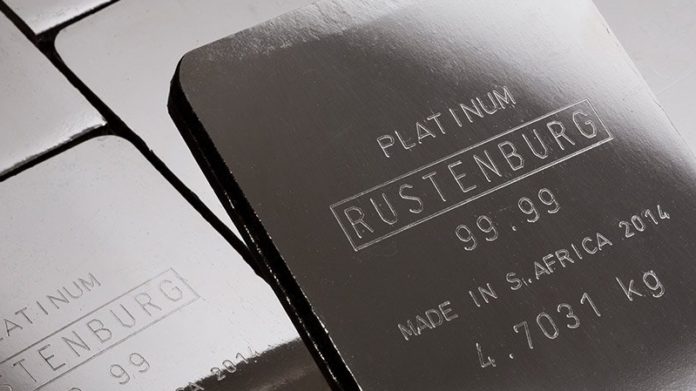
PLATINUM is the secret ingredient that cools engines powered by fuel cells that mix oxygen from the atmosphere with hydrogen in a tank producing electricity and water … Simple, right? You may not have been a whizz in school chemistry, but it’s the future of the heavy automotive industry, some say.
According to a report by Morgan Stanley analysts, German carmaker Volkswagen sees less potential in hydrogen-powered fuel cells in its passenger cars compared with electric battery technology. There’s a lack of source-to-wheel energy efficiency, its engineers have found.
That sounds like a setback for the hydrogen fuel cell and for the green economy; after all, fuel cell electric vehicles (FCEVs) have zero tailpipe emissions. Even including FCEVs in commercial heavy-duty vehicles – Daimler is in joint venture with Volvo Trucks to develop a commercial FCEV – it is still only absorption of the technology into 27% of annual vehicle production.
However, in the utilities sector, hydrogen can be used as a means of transporting and storing energy through the conversion of electricity and water to gas and vice-versa, all done using fuel cells, says Morgan Stanley. Given the variability in renewable power, and the risk of curtailment, this sounds like a viable power alternative.
According to Bloomberg News, Chinese companies had invested $1bn in the fuel cell industry by mid-2019 and more than $17bn more is to come. Momentum for hydrogen technology is there, but what, ultimately, does it mean for platinum demand?
Says Morgan Stanley: “The platinum market currently sits in a large surplus, and over the near to medium term palladium for platinum substitution in conventional internal combustion engine autocatalysis applications likely holds the key to a market rebalancing.
“However, over the longer term, the establishment of base demand from the hydrogen economy, coupled with a resurgence in jewellery demand, could hold the key for sector sustainability.”
This article was first published in the Mining Yearbook 2020 which is available here: https://www.miningmx.com/the-mining-yearbook-2020/









